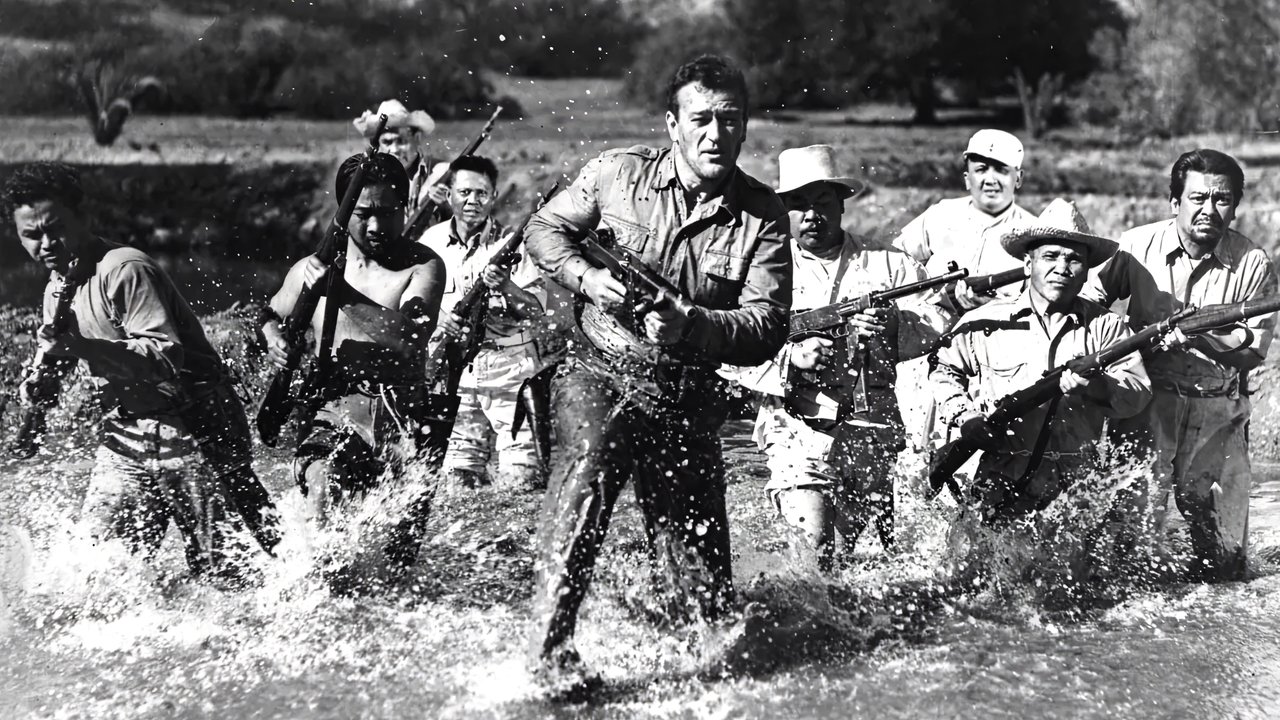
Back to Bataan (1945)
An Army colonel leads a guerrilla campaign against the Japanese in the Philippines.

An Army colonel leads a guerrilla campaign against the Japanese in the Philippines.
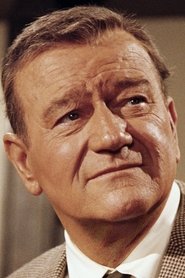 John WayneColonel Joseph Madden
John WayneColonel Joseph Madden Beulah BondiBertha Barnes
Beulah BondiBertha Barnes Anthony QuinnCaptain Andres Bonifacio
Anthony QuinnCaptain Andres Bonifacio Fely FranquelliDalisay Delgado
Fely FranquelliDalisay Delgado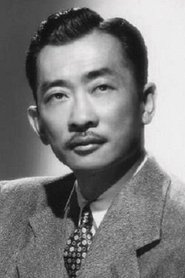 Richard LooMaj. Hasko
Richard LooMaj. Hasko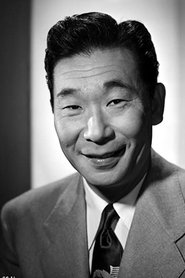 Philip AhnCol. Coroki
Philip AhnCol. Coroki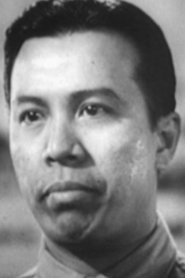 Alex HavierSgt. Bernessa
Alex HavierSgt. Bernessa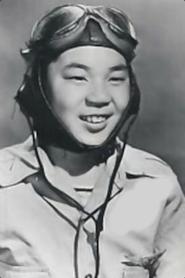 'Ducky' LouieMaximo Cuenca
'Ducky' LouieMaximo Cuenca Lawrence TierneyLt. Cmdr. Waite
Lawrence TierneyLt. Cmdr. Waite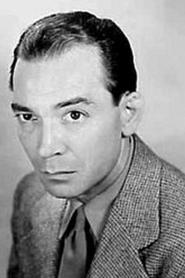 Leonard StrongGen. Homma
Leonard StrongGen. HommaA young woman who has been emboldened by the tragedies and traumas she had to endure, such as rape and the death of her loved ones.
A countryside dramedy (drama-comedy) that follows 14-year-old Diana and her younger brother who live by themselves after their mother went abroad and their father lived with another woman. Set in a remote purok, where people display positive outlook in life despite daily struggles, the film features the light side of country lifestyle as the main characters take advantage of the fun and thrills of the town festival to take hold of their sweet childhood.
A group of American Army nurses are captured by the Japanese in April 1942 and spend three years in a prisoner-of-war camp in Bataan. Lt Margaret Ann Jessup, the head army nurse, survives the camp and testifies against the Japanese in front of the United States Congressional subcommittee years later as a colonel.
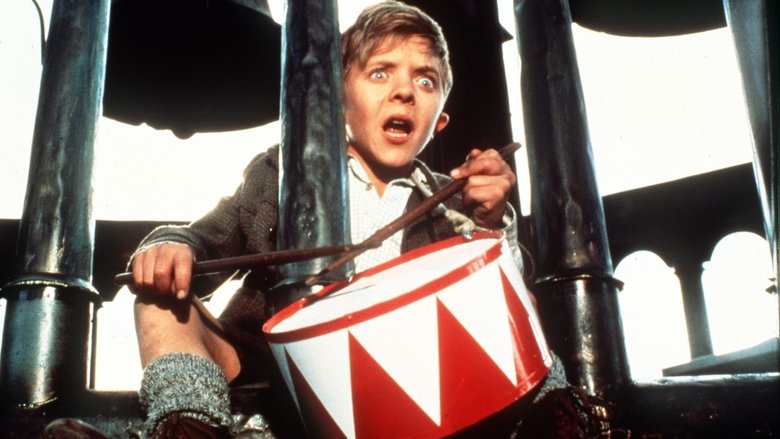
Oskar Matzerath is a very unusual boy. Refusing to leave the womb until promised a tin drum by his mother, Agnes, Oskar is reluctant to enter a world he sees as filled with hypocrisy and injustice, and vows on his third birthday to never grow up. Miraculously, he gets his wish. As the Nazis rise to power in Danzig, Oskar wills himself to remain a child, beating his tin drum incessantly and screaming in protest at the chaos surrounding him.

Maria marries a young soldier in the last days of World War II, only for him to go missing in the war. She must rely on her beauty and ambition to navigate the difficult post-war years alone.

The lifelong friendship between Rafe McCawley and Danny Walker is put to the ultimate test when the two ace fighter pilots become entangled in a love triangle with beautiful Naval nurse Evelyn Johnson. But the rivalry between the friends-turned-foes is immediately put on hold when they find themselves at the center of Japan's devastating attack on Pearl Harbor on Dec. 7, 1941.
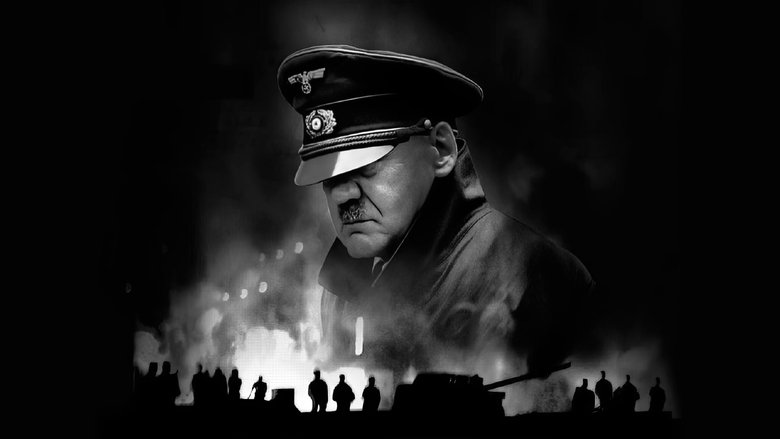
In April of 1945, Germany stands at the brink of defeat with the Russian Army closing in from the east and the Allied Expeditionary Force attacking from the west. In Berlin, capital of the Third Reich, Adolf Hitler proclaims that Germany will still achieve victory and orders his generals and advisers to fight to the last man. When the end finally does come, and Hitler lies dead by his own hand, what is left of his military must find a way to end the killing that is the Battle of Berlin, and lay down their arms in surrender.

In 1942, Friedrich Weimer's boxing skills get him an appointment to a National Political Academy (NaPolA) – high schools that produce Nazi elite. Over his father's objections, Friedrich enrolls. During his year in seventh column, Friedrich encounters hazing, cruelty, death, and the Nazi code. His friendship with Albrecht, the ascetic son of the area's governor, is central to this education.

Japan, 1943, during World War II. Young Suzu leaves her village near Hiroshima to marry and live with her in-laws in Kure, a military harbor. Her creativity to overcome deprivation quickly makes her indispensable at home. Inhabited by an ancestral wisdom, Suzu impregnates the simple gestures of everyday life with poetry and beauty. The many hardships, the loss of loved ones, the frequent air raids of the enemy, nothing alters her enthusiasm…
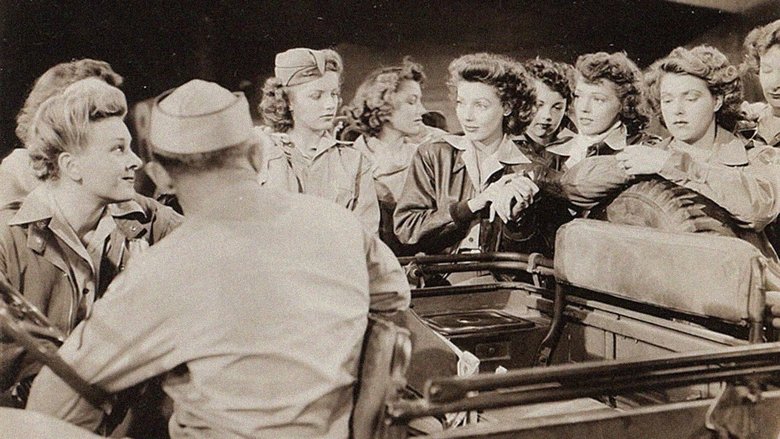
Loretta Young stars in this drama about female pilots during WWII.
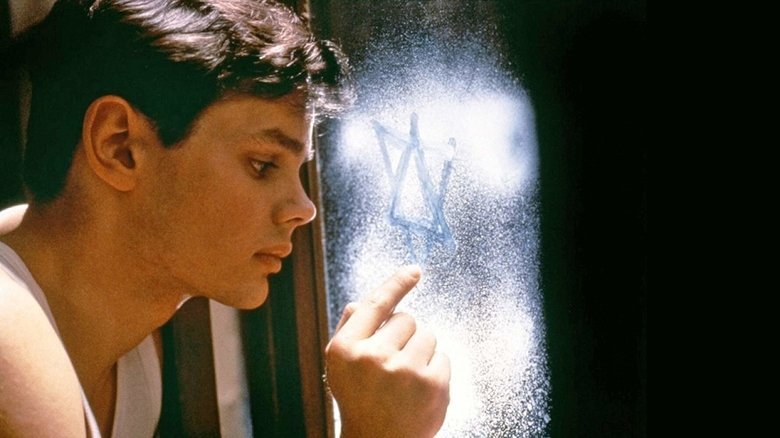
A Jewish boy separated from his family in the early days of WWII poses as a German orphan and is taken into the heart of the Nazi world as a 'war hero' and eventually becomes a Hitler Youth.

A German Platoon is explored through the brutal fighting of the Battle of Stalingrad. After half of their number is wiped out and they're placed under the command of a sadistic captain, the platoon lieutenant leads his men to desert. The platoon members attempt escape from the city, now surrounded by the Soviet Army.
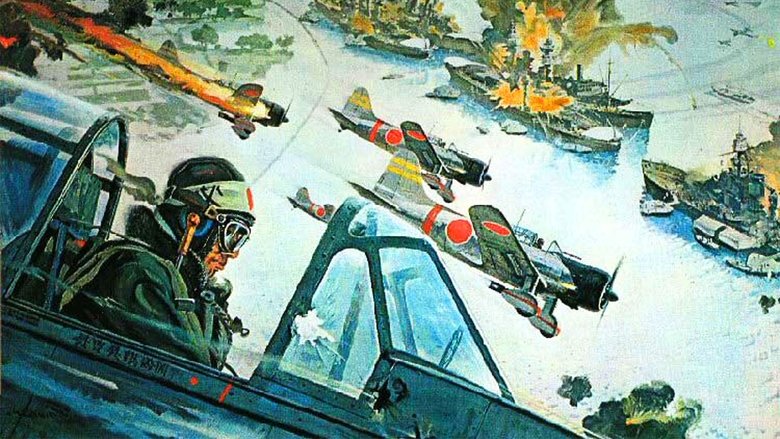
In the summer of 1941, the United States and Japan seem on the brink of war after constant embargos and failed diplomacy come to no end. "Tora! Tora! Tora!", named after the code words used by the lead Japanese pilot to indicate they had surprised the Americans, covers the days leading up to the attack on Pearl Harbor, which plunged America into the Second World War.
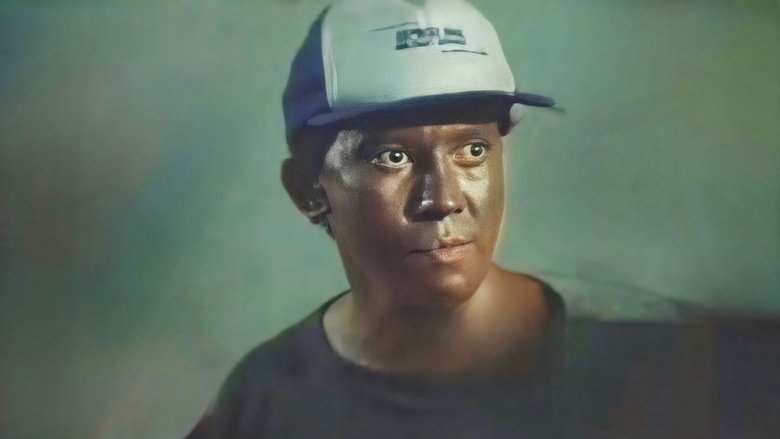
This is the true story of Arsenio Cayanan, a Black Asian American whose challenges in his youth led him into a life of crime.
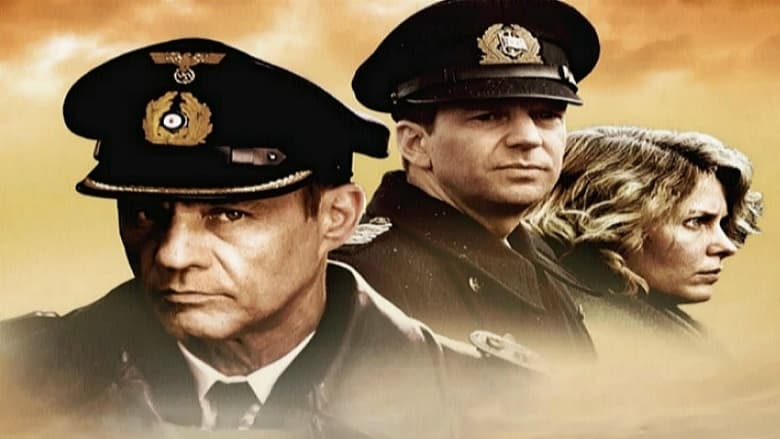
Joseph Vilsmaier Two-part TV movie focuses on the tragic events surrounding the sinking of the Wilhelm Gustloff, a German passenger ship, at the end of World War II. On 30 January 1945, Captain Hellmuth Kehding was in charge of the ship, evacuating wounded soldiers and civilians trapped by the Red Army. Soon after leaving the harbor of Danzig, it was hit by three torpedoes from the Soviet submarine and sank in less than an hour.
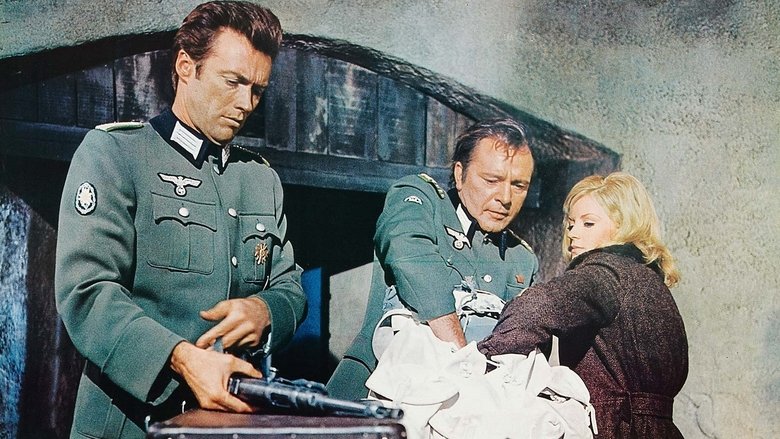
World War II is raging, and an American general has been captured and is being held hostage in the Schloss Adler, a Bavarian castle that's nearly impossible to breach. It's up to a group of skilled Allied soldiers to liberate the general before it's too late.

A chronicle of the life of Louis Zamperini, an Olympic runner who was taken prisoner by Japanese forces during World War II.
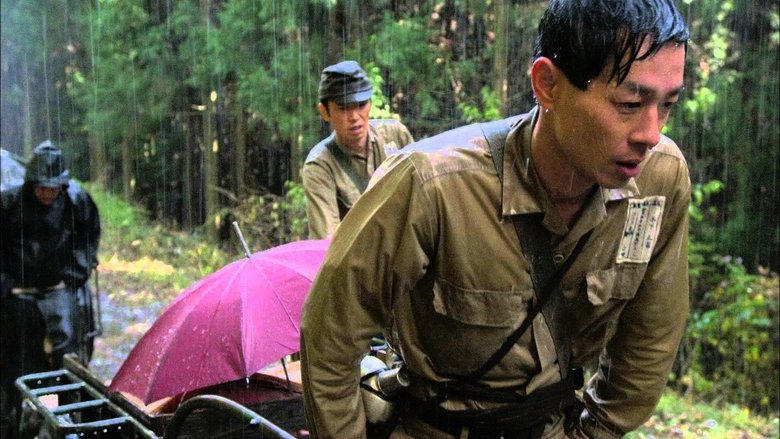
Keisuke Kinoshita sits easily alongside Ozu, Kurosawa and Naruse as one of Japan’s most respected legends of cinema. Made to commemorate the centenary of Kinoshita’s birth, this biographical drama chronicles formative hardships and personal encounters to provide a rare glimpse into the life of one of Japan’s most acclaimed screen directors. Includes archival footage from 49 of the films he produced during his career at Shochiku.
When her boyfriend leaves for Japan on a singing contract, a dancer is so distraught she does not see the car that hits her. The driver pretends to be a helpful passer-by; they fall in love and gets married. Only bringing her to a more complicated life.
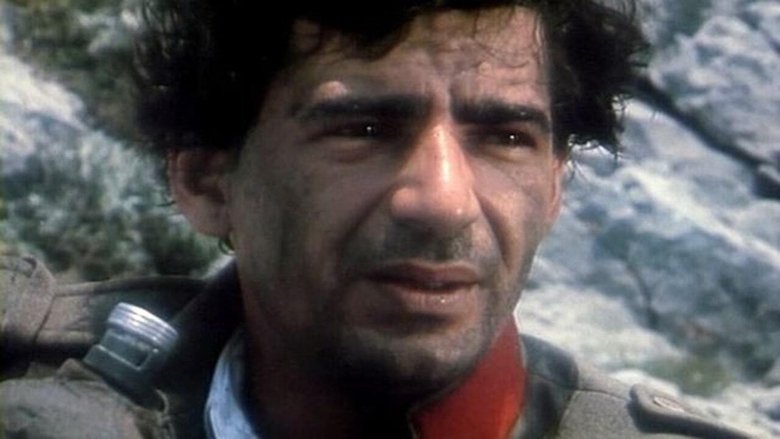
This is a movie about the start of people's uprising in Montenegro in World War II. After the capitulation of the Yugoslav Royal Army in April 1941, the Italians managed to infiltrate their puppet regime in Montenegro. However, people dissatisfied with the new authorities, on July 13, 1941 decided that the Communists led start to fight for freedom.